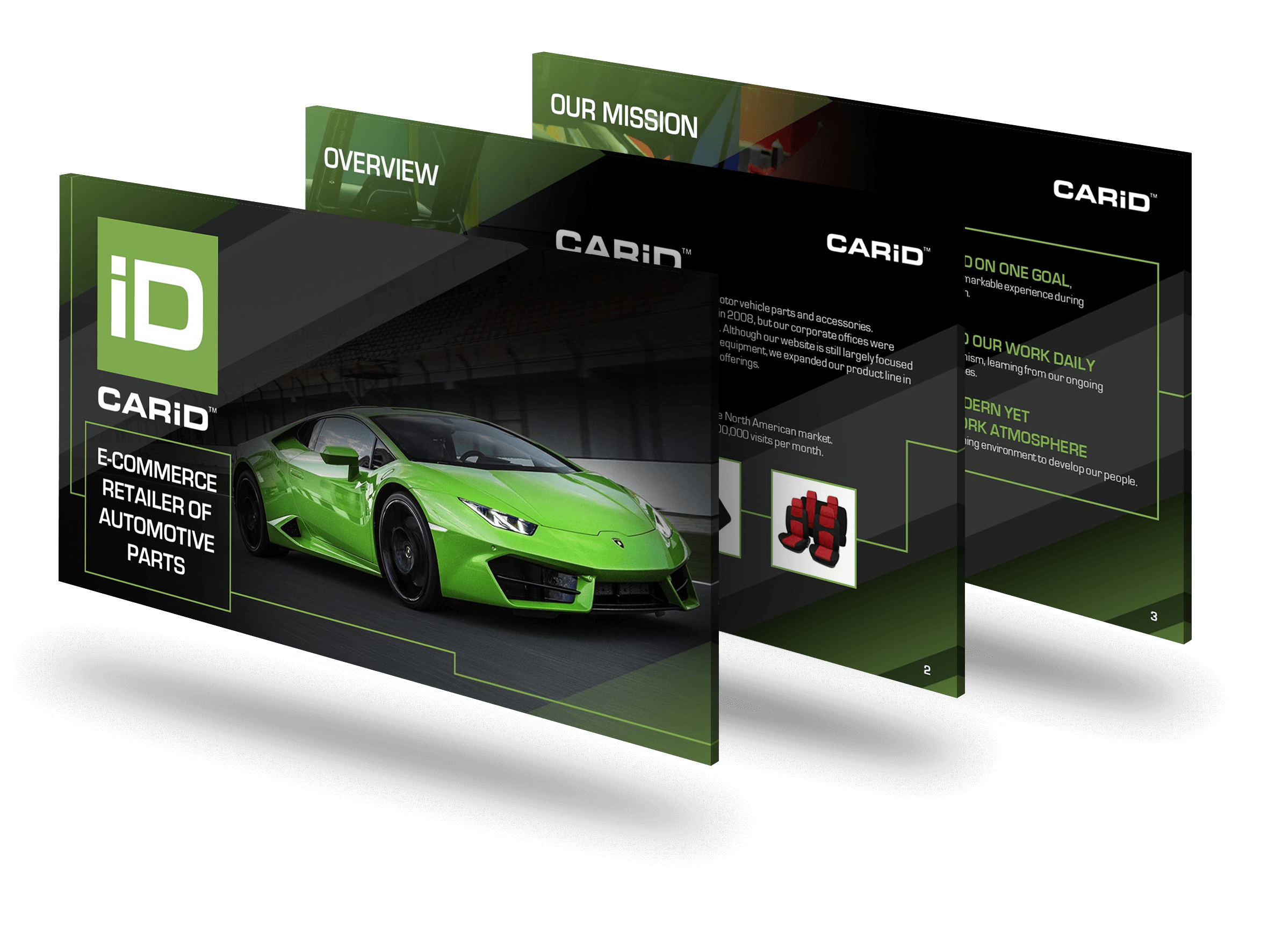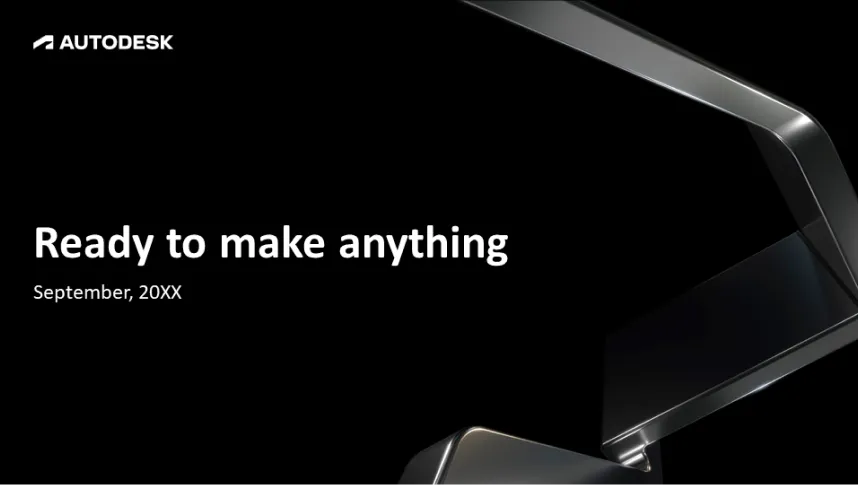To become a visual presentation guru, you need to develop a mix of design skills, technical proficiency, storytelling abilities, and continuous learning habits. Here’s a structured approach to improving your skills:

1. Master Design Fundamentals
- Color Theory: Learn how to use color effectively to create visually appealing and coherent presentations. Resources like Adobe Color and Canva’s Color Wheel are great for understanding color relationships.
- Typography: Understand the principles of typography, including font pairing, hierarchy, and readability. The book “The Elements of Typographic Style” by Robert Bringhurst is highly recommended.
- Layout and Composition: Study the basics of layout and composition, including the rule of thirds, balance, and alignment. Online courses on platforms like Udemy, Skillshare, and Coursera can be helpful.
2. Develop Technical Proficiency
- Design Software: Become proficient in design software such as Adobe Illustrator, Photoshop, and InDesign for creating custom graphics and visual elements. Adobe Creative Cloud tutorials can help.
- Presentation Software: Master the use of PowerPoint, Keynote, and Google Slides. Advanced features like animations, transitions, and multimedia integration are crucial. LinkedIn Learning offers comprehensive courses on these tools.
3. Enhance Storytelling Skills
- Narrative Structure: Learn how to structure a compelling narrative that captures the audience’s attention and keeps them engaged. Books like “Resonate” by Nancy Duarte and “Presentation Zen” by Garr Reynolds provide valuable insights.
- Emotional Connection: Develop the ability to create an emotional connection with your audience through storytelling techniques. Practice using personal anecdotes, customer stories, and relatable examples.
4. Learn Data Visualization
- Clarity and Simplicity: Focus on presenting data clearly and simply. Use tools like Tableau and Excel for creating charts and graphs.
- Infographics: Learn to create infographics that make complex data more understandable and visually appealing. Tools like Visme, Infogram, and Canva offer great templates and customization options.
5. Stay Updated with Trends and Technologies
- Design Trends: Keep up with the latest design trends by following blogs like Smashing Magazine, Creative Bloq, and Awwwards.
- Technological Advances: Stay informed about new tools and technologies that can enhance your presentations. Platforms like TechCrunch and Wired provide updates on the latest in tech.
6. Practice and Get Feedback
- Continuous Practice: Regularly create and critique your presentations. Join design communities on platforms like Dribbble and Behance to share your work and get feedback.
- Constructive Feedback: Seek feedback from peers, mentors, and professional networks. Constructive criticism helps you identify areas for improvement and refine your skills.
7. Educational Resources
- Books and Articles: Read widely about presentation design and visual communication. In addition to the books mentioned, resources like Medium have numerous articles on design.
- Online Courses and Tutorials: Enroll in online courses from platforms like LinkedIn Learning, Coursera, Udemy, and Skillshare.
8. Network with Professionals
- Professional Associations: Join professional associations like the Presentation Guild to network with other presentation professionals.
- Conferences and Webinars: Attend design conferences and webinars to learn from experts and stay current with industry trends.
By continuously improving your design skills, staying updated with trends, practicing regularly, and seeking feedback, you can become a visual presentation guru capable of creating impactful and engaging presentations.
View Our Presentation Portfolio










